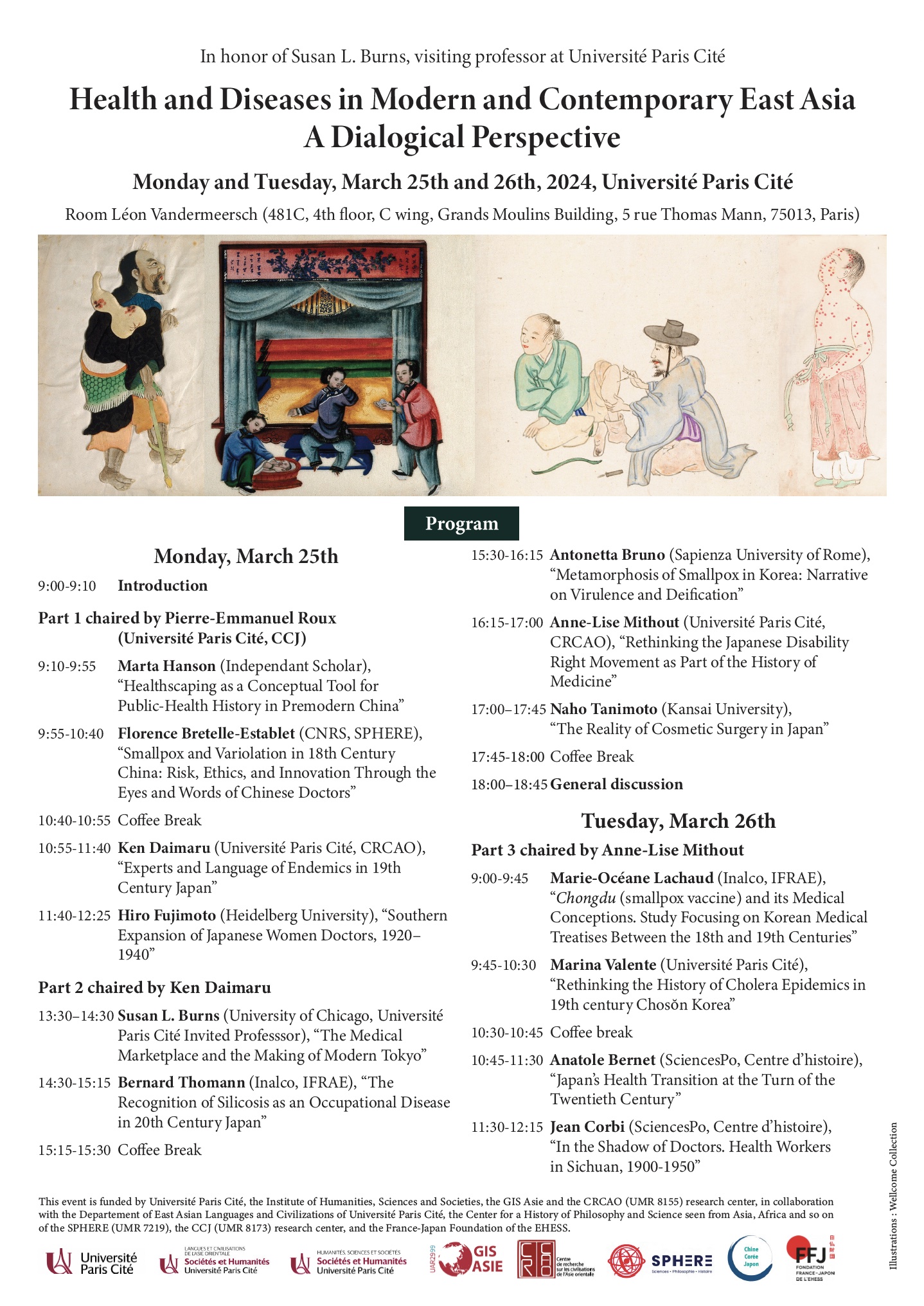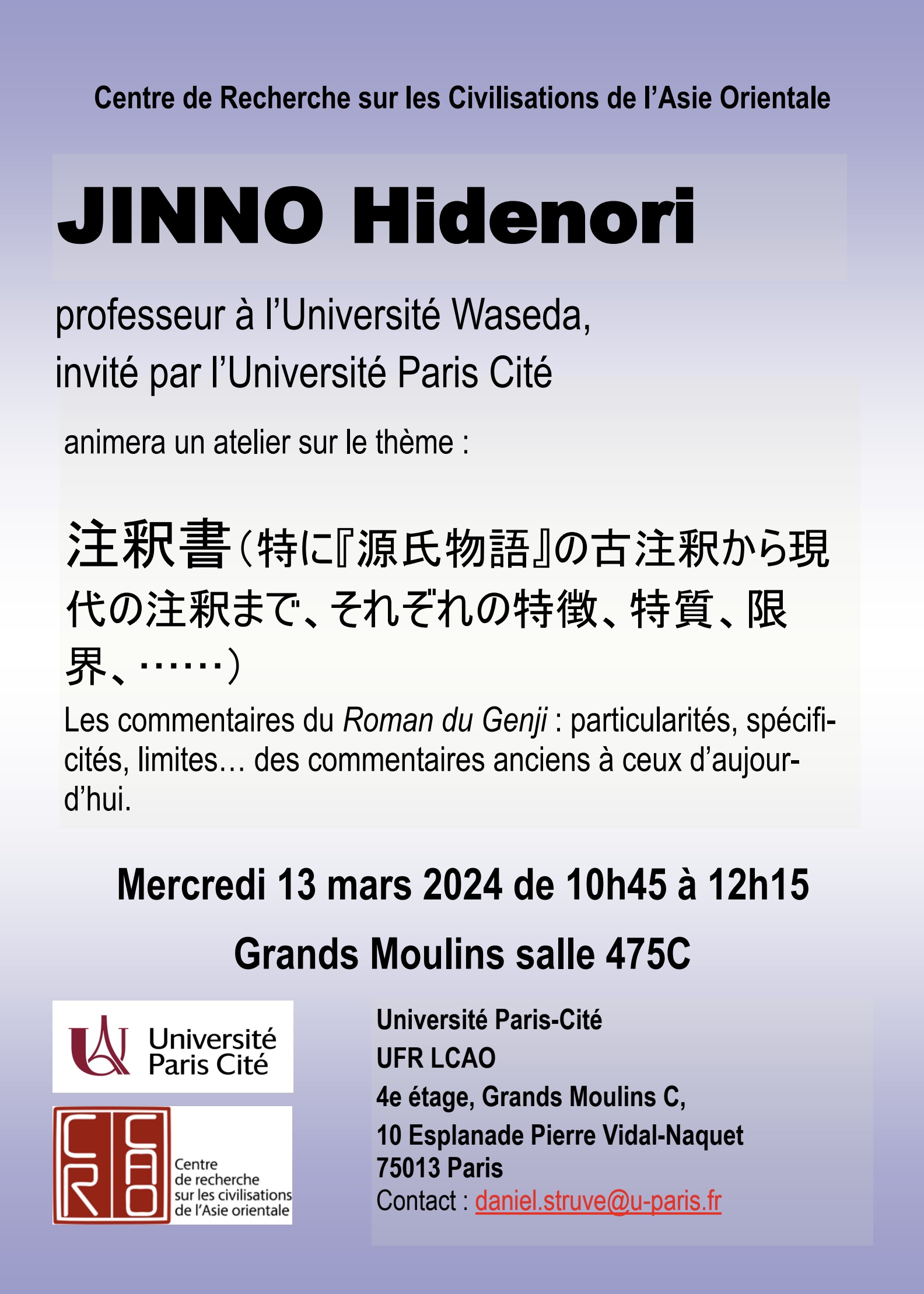Christian Galan a le plaisir de vous annoncer la parution de l’ouvrage, codirigé avec Harald Salomon de l’Université Humboldt de Berlin, intitulé :
=> Lien vers la maison d’édition
Table des matières
Introduction
Christian Galan and Harald Salomon
1. Childbirth and child-rearing in modern Japan
Sawayama Mikako. Translated by Harald Salomon and Karen Grimwade
2. A case study on the life and work of Japanese children in the mid-nineteenth century
Yakuwa Tomohiro. Translated by Harald Salomon and Karen Grimwade
3. Children, family, and state schools in the Meiji era: From “savage” behaviour to “docile” and “useful” bodies
Christian Galan
4. Children’s bodies on the state’s anvil
Michael Kinski
5. Gymnastics manuals and children
Michael Kinski
6. Children and parents in Japanese morality textbooks between 1870 and 1918
Christian Galan
7. Defining child identity under the Meiji Civil Code (1898)
Isabelle Konuma
8. Meiji children’s dual obligation: Reassessing the shift from work to school in modern Japan
Harald Salomon
9. The formation of the concept of shōnen (youth) and emergence of a corresponding life stage in mid-Meiji Japan: An analysis of the magazine Shōnen sekai (The Youth’s world)
Tajima Hajime
10. Children’s street culture in Higuchi Ichiyō’s Takekurabe (1896)
L. Halliday Piel
This book bridges the gap between historical research on Japan and the field of childhood history by writing children and childhood into the general historical record of the Meiji period.
To explore the widely varying circumstances of childhood during the Japanese transition to modernity, the volume presents survey studies and “snapshots” of historical moments by authors from Europe, Japan, and North America. These histories of children and childhood address various thematic aspects, from birth and child-rearing to the representation of childhood in literary works, and these are approached from differing angles, in terms of theoretical perspectives and methodology. The contributions display a particular awareness for the problem of sources in writing the history of childhood and youth. In doing so, they provide precious insights into children’s living circumstances and notions of childhood, also beyond the urban centres of evolving modern Japan.
Exploring a wealth of sources including autobiographies, educational essays, government documents, children’s literature, youth journals and medical manuals, this will be a valuable resource to students and scholars of Japanese history, children’s studies, the history of education, and social policy more broadly.



